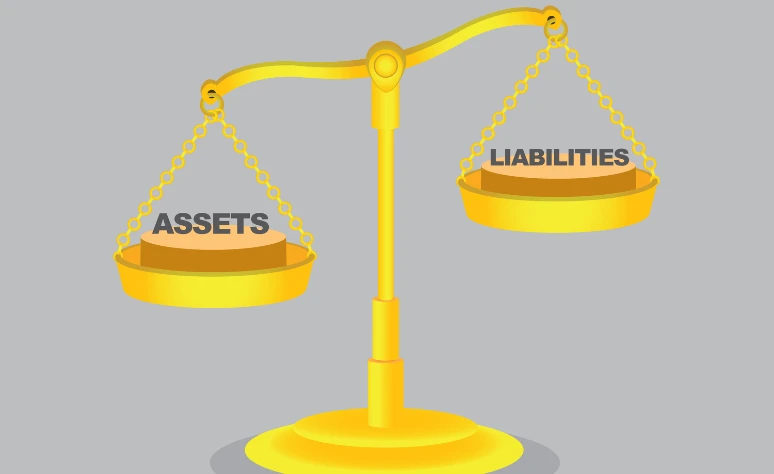
Asset Liability Management (ALM)
5
Learn the strategic outlook and tools of balancing risks and opportunities and thus optimize operations.
Enquire Now









